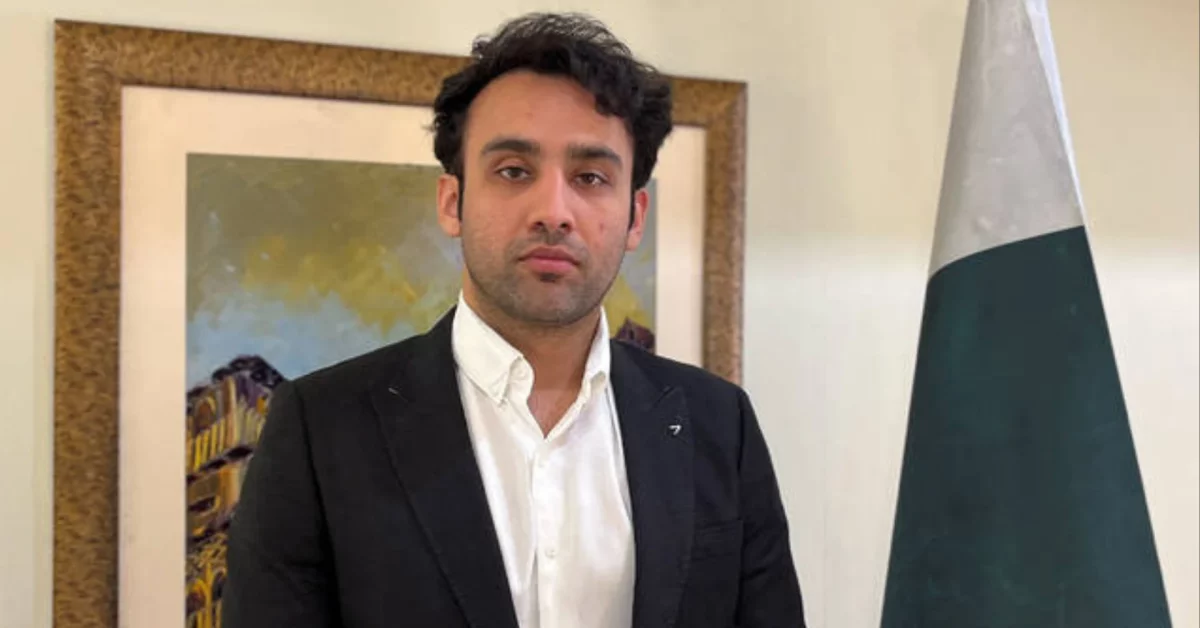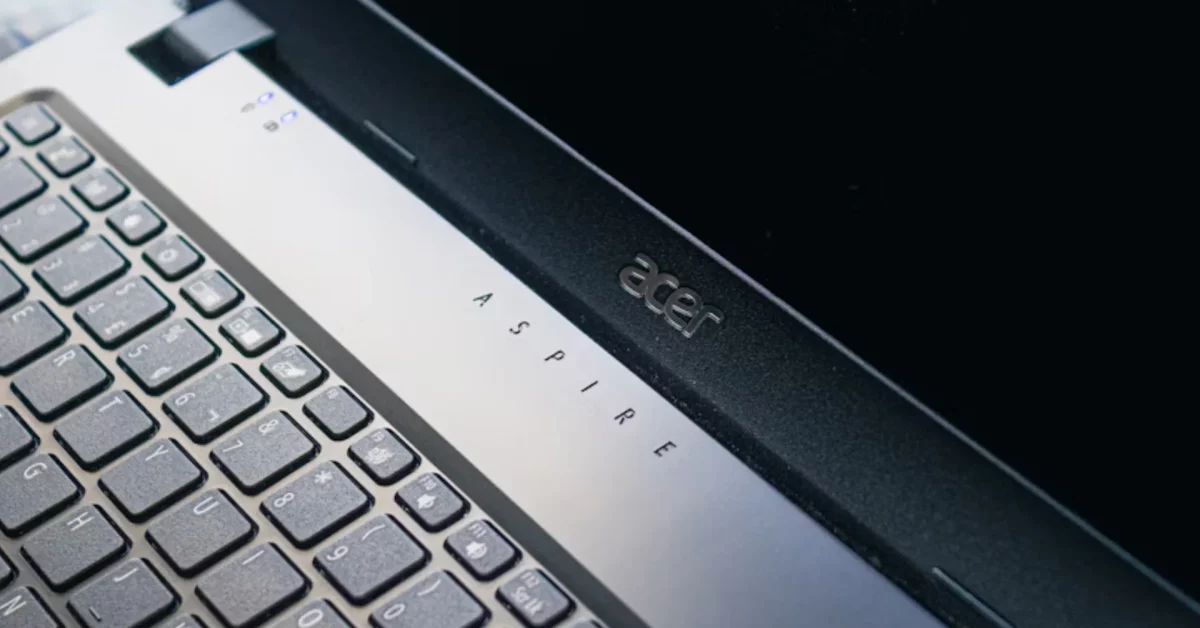
Jazz receives 7 awards at Global Diversity, Equity & Inclusion Awards 2023
January 12, 2023
ChatGPT: Crushing the Game with AI
January 19, 2023Generative AI and what it means for the Art industry?
AI art generators like DALL-E, Midjourney and NightCafe have entered the market, starting 2020. These applications have made creating digital images and illustrations a matter of seconds, by taking text prompts and turning them into striking imagery with the help of algorithms and a wide database of pre-existing artworks. But what does this mean for artists who spend hours to create an artwork or those who spend years learning art? Why would people commission artists when they can use AI generators to do the work for free?
The critique against generative AI
The biggest problem with generative AI right now, is the issue of copyrighting. It is known that generator AIs use databases to collect raw images and publicly available artwork to “learn”. But what does this mean for the artists whose work is used in this process? Many have argued that this is threatening artists greatly; mainly in two ways.
One: When AI art copies an artist’s art style, it counts as stealing, but due to the hazy process of selecting specific artworks, it is difficult for artists to make a legal case against the generator AI’s developers.
Two: People have started suspecting artists of using generator AI and claiming it as their own work. All across social media, artists with art styles often seen in AI generated art are being questioned if they really drew what they posted. Instagram comment sections are now filled with questions such as “which AI generator did you use for this?” instead of praises for the artist’s hard work. The sort of mistrust this has created is concerning and dangerous for an artist’s career.
Another argument against generative AI concerns the definition of art. Wikipedia defines art as “a diverse range of human activity”. Oxford also defines art as “the expression or application of human creative skill and imagination.”, So does AI generated imagery count as Art at all? Can this argument be used as a method to save artists from the competition AI generators bring to them?
The praise for generative AI
While many have voiced their concerns against generative AIs, tech enthusiasts greatly applause the creation. It can help you produce more work in less time – while making sure that all of your creations are of the highest quality. Those who argue in favor of the AI say that the best way to utilize it is to see it as a tool made to help make the creative process easier. Many artists have begun using AI generated art as base for their artworks or to gather references.
While AI generators do indeed make the creative process easier, it continues to challenge the concept and definition of art. Is making the process easier worth the damage it does to an artist’s reputation? Will this make artists “lazy” and lead them to producing work that lacks the human element and emotion?
Perhaps if the process of creation through AI is made more acceptable for traditional artists, it can truly be praise as a tool that aids artists of all sorts. But for now generative AI has morally gray areas that need to be addressed.





